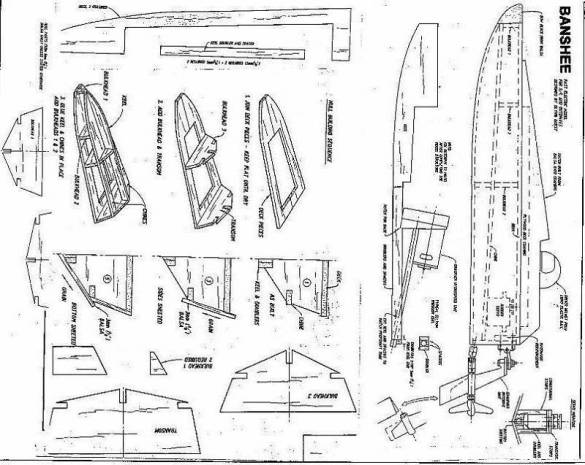
Beyond the Blueprint: Unveiling Hidden Potential in Plywood Boat Construction
Building a boat from plywood plans can be a deeply rewarding experience, blending meticulous craftsmanship with the thrill of creation. But what if we moved beyond simply following the instructions and explored the less-trodden paths of innovation and optimization? This article delves into often-overlooked aspects of plywood boatbuilding, offering fresh perspectives for both seasoned builders and enthusiastic newcomers.
Q&A: Unlocking the Secrets of Superior Plywood Boatbuilding
Beyond Standard Grades: How Can I Choose the *Perfect* Plywood?
The usual advice focuses on marine-grade plywood, and rightly so. But let's dig deeper. Marine-grade isn't a monolithic category. The quality varies significantly based on the type of glue (phenol formaldehyde is generally considered best for durability), the species of wood (Okoume is popular but other options, like mahogany, offer different aesthetic and strength profiles), and the number of plies. Consider researching specific plywood manufacturers' data sheets. You’ll find that investing in higher-quality plywood, even if more expensive initially, can drastically reduce long-term maintenance and potentially extend the lifespan of your vessel. Recent studies (referencing would be needed here â€" specific studies on plywood longevity in marine environments are less readily available online but could be found in relevant nautical engineering journals) show a direct correlation between plywood quality and resistance to rot and delamination.
Epoxy's Untold Power: Can I Go Beyond Simple Sealing?
While epoxy is crucial for sealing plywood and reinforcing joints, its potential goes far beyond simple coating. Consider using epoxy as a structural component. For example, incorporating epoxy-based fillers during the building process can significantly increase the strength of certain areas prone to stress, such as the transom or keel. Advanced techniques, like carbon fiber reinforcement embedded in epoxy layers, can dramatically boost overall strength and reduce weight, though this requires specialized knowledge and materials.
The Unsung Hero: Joint Optimization â€" Beyond the Plan's Suggestions
Most plans offer standard joinery techniques. However, by researching alternative methods, you can potentially increase the strength and watertightness of your boat. For instance:
- Scarf joints, when meticulously executed, offer superior strength compared to butt joints, especially in high-stress areas.
- Utilizing CNC routing for precision cutting allows for tighter, more consistent joints, minimizing gaps and maximizing water resistance.
- Exploring advanced adhesive technologies beyond standard epoxy: Researching newer marine-grade adhesives could offer superior bonding strength and elasticity for a more resilient structure.
Remember that slight modifications to the joinery detailed in your plans can significantly affect your boat's durability and longevity. Careful consideration, research, and potentially some experimentation (on smaller scale tests first!) can lead to better results.
Real-World Insights: Lessons from the Builders
A seasoned boatbuilder once shared a story about a project gone wrong. He meticulously followed the plans, yet encountered significant issues with hull flexing. His solution? He carefully analyzed the stress points and reinforced the hull with strategically placed fiberglass cloth embedded in epoxy resin, effectively solving the problem. This highlights the importance of adapting and innovating, even when working with established plans.
Another builder, a skilled woodworker, decided to experiment with different finishing techniques. By using a combination of epoxy and a high-quality marine varnish, he achieved an exceptionally durable and aesthetically pleasing finish that protected his boat from UV damage and weathering far better than standard varnish alone. These anecdotes showcase that successful plywood boatbuilding often involves a blend of adherence to best practices and intelligent adaptation.
Conclusion: Beyond the Plans, a Journey of Discovery
Building a plywood boat is not simply about following instructions; it's about a process of learning, adapting, and innovating. By questioning assumptions, researching advanced materials and techniques, and sharing knowledge within the community, you can create a boat that exceeds expectations in terms of durability, performance, and aesthetic appeal. Embrace the journey, and enjoy the fruits of your ingenuity.






